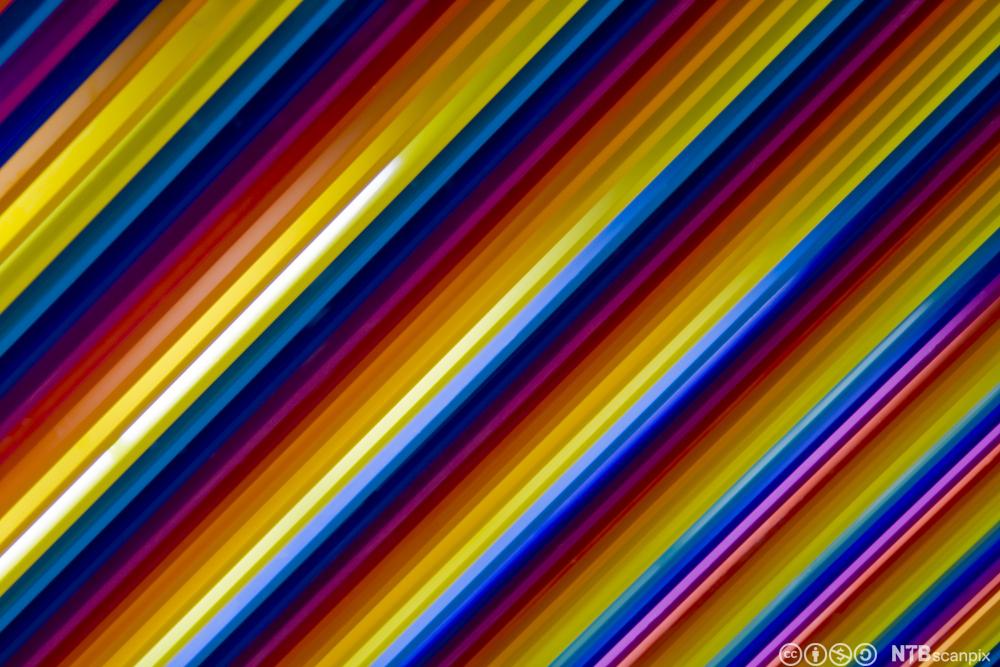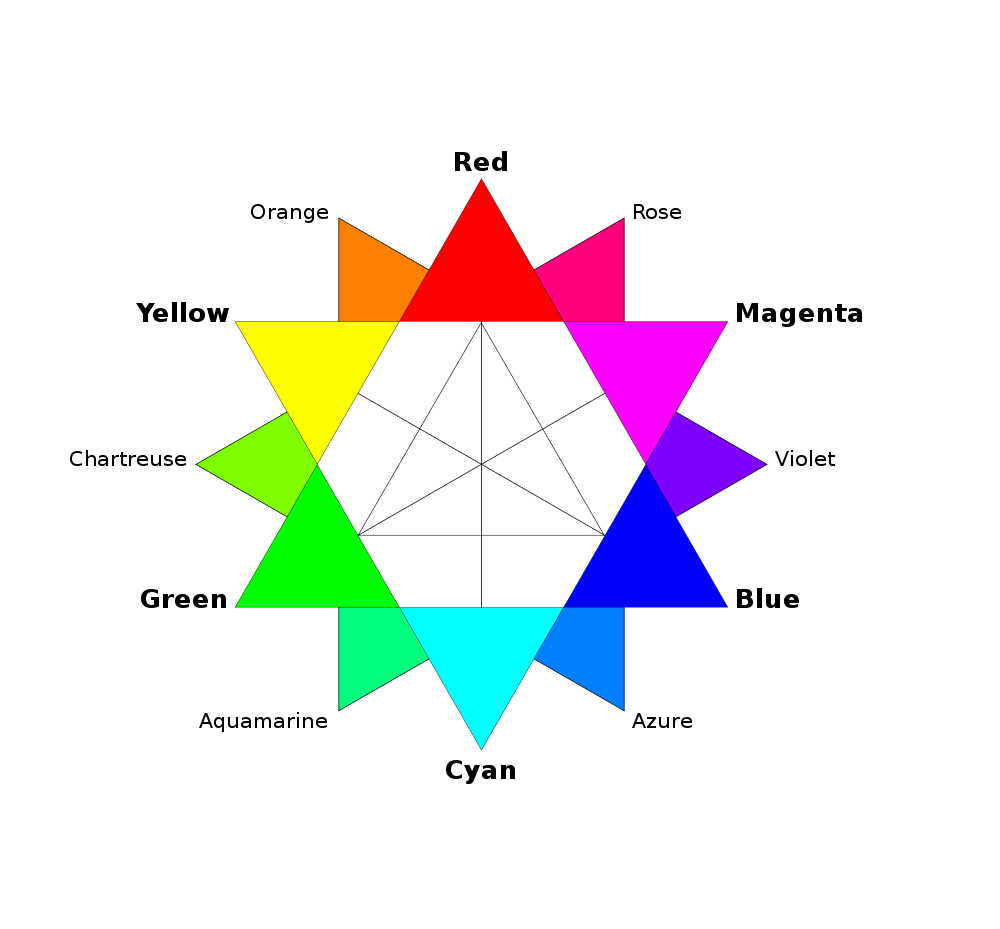Colour Comprehension

What is Colour?
If you look up the word "colour" in a dictionary, you will find as many as ten definitions. Using Webster’s online dictionary, we could define colour as: the appearance of objects or light sources described in terms of how the human eye perceives them resulting from the light they emit, transmit or reflect. An object which reflects no light will appear black, while an object which reflects all light will appear white, but the way in which the eye processes the light and the light which illuminates the object are also factors which decide the colour.
All around us we see "colour", and we are constantly influenced by it. It surrounds us, and touches our lives in different ways. Since the body processes colour through the eyes, we tend to think that colour is merely a visual sensation. But colour is not just a visual sensation; it also inspires emotions.
Parapsychologists believe that an aura of colours surrounds us, which most people cannot see. Special cameras, equipped with sensitive (infrared) film, are capable of photographing this aura of colours! Some people say that the colours of our individual auras change according to the state of our mental and physical health.
Ordinary white light is a mixture of coloured lights. There are seven main colours: red, orange, yellow, green, blue, indigo and violet, but, in fact, the colours change continuously across the band, and there are as many colours as you can find names to describe them. The complete range of colours from red to violet is called the visible spectrum. This is what you see in a perfect rainbow.



A colour circle, or wheel, which contains 12 basic colours (or hues), was developed by the scientist Isaac Newton in the 18th century. Today there are several versions of the colour wheel used by artists, printers, scientists and psychologists.
Hue is another word for a basic colour.
Tint is a hue with white added.
Shade is a hue with black added.
These are the basic colours from which, in theory, all other colours can be produced. There are two types of primary colours, additive and subtractive.
The additive primary colours are red, green and blue (RGB model) and are associated with light emitted from, for example, television and computer displays. Adding equal amounts of these primary colours together will give white light (more light)
The subtractive primary colours are associated with reflected light. Combining these colours will give black (less light). The subtractive primary colours used by artists are red, blue and yellow (RYB model), while printers use cyan (green-blue), magenta (bluish-red), yellow and black (CMYK model) as the primaries.
In the colour wheel, complementary colours lie opposite each another, e.g. blue and yellow, red and green. Another classic combination can be created by using the three colours which lie at 120 degree angle from one another in the circle, triadic colours. Traditional rose painting and wall hangings often use such colour combinations. More modern colour combinations use the tints or shades of the same colour, or analogue (adjoining) colours.
Comprehension 1
- What are the factors which determine the colour of an object?
- Why do some objects appear black and others white?
- In what ways does colour affect us?
- What is an aura of colour?
- What are the seven main colours in a rainbow?
- What do we call the range of colours from red to violet?
- How many hues are in the colour wheel?
- What is the difference between a tint and a shade?
- What is a primary colour?
- What are the three primary colour models which are used, and who uses them?
- What is the difference between complimentary and analogue colours?
Comprehension
Writing
- Rainbows have always fascinated people, and there are myths and stories about them. Do you know any? Search the Internet for myths and rainbow and write a summary of such a story or create your own.
- Write a factual text about the rainbow and its colours.